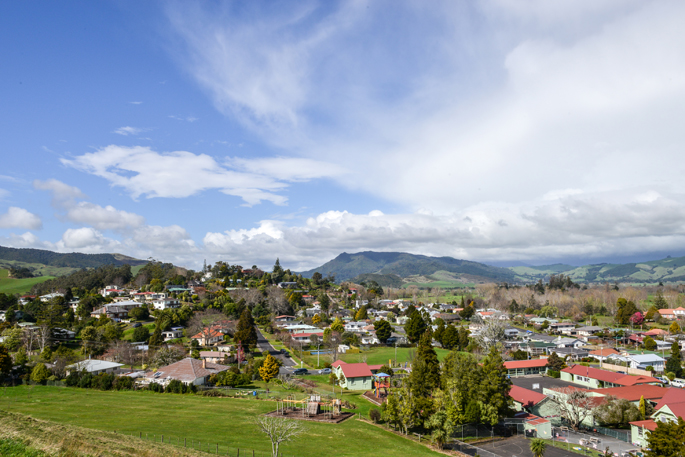Hauraki District ratepayers will see some changes to their rates after 1 July 2019.
The changes have come about for two reasons - an average non-water rates increase of 5.7 per cent set by Hauraki District Council in its 2019-2020 Annual Plan, and new property valuations set by Quotable Value throughout the district last year.
Deputy Mayor Toby Adams says the 5.7 per cent average rates increase was set after seeking feedback from residents and ratepayers last year. This was reduced from a 5.76 per cent increase indicated in the Long Term Plan.
'The increase will cover a forecast hike in the cost of services and infrastructure, such as roading and wastewater, and the cost of upgrading services to meet new Government standards,” he says.
'It will also cover an expected increase in spending due to population growth, climate change and other natural hazards, like storms, earthquakes and tsunami.”
Updated property valuations will also affect rates.
Quotable Value released its new property valuations last year, showing residential property value had increased by 56 per cent since 2015; lifestyle property increased 40 per cent; and commercial and industrial property increased around 20 per cent. In the rural sector, the value of dairying land dropped around 4 per cent.
The new values don't change the total amount of rates collected, the same overall dollar amount in the rates that are based on property valuations is collected, but the proportion of rates people pay on their property may change compared to other ratepayers.
For example, because the value of residential land increased more than dairying land in 2018, residential ratepayers will pay a bigger share of the total rates bill than they did in 2015 when dairying land had a strong increase in value.
Toby says the valuation-based changes are completely separate to the rates set by council in its Long Term and Annual Plans.
'On the one hand it's really encouraging to see so much activity and growth in our towns, but we're also aware paying rates is already a stretch for some, so we've tried hard to keep rates as low as possible in our Annual Plan,” he says.
He encouraged anyone having difficulty keeping up with payments to come in and have a chat with council's customer service team early.
'We're always happy to discuss rates payment options and arrangements, including how to apply for a rates rebate of up to $630.”
EasyPay payment options, where ratepayers can choose to pay their rates in instalments through automatic payments and direct debit, are a good way to make payments more manageable.
Council also recently changed the way rates were funded to make it fairer, Toby says.
'We're moving 5 per cent of our general rate funding from uniform annual general charges (exactly the same amount for every property) to capital value charges (based on value of your property). Overall about half a million dollars that would have been split evenly across all properties, will now be charged proportionate to the capital value of your property.
'This means ratepayers with higher value properties will pay slightly more, while ratepayers with lower value properties will pay a little less.”



0 comments
Leave a Comment
You must be logged in to make a comment.